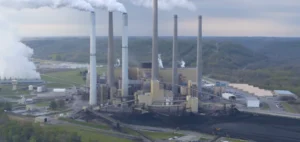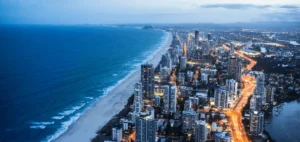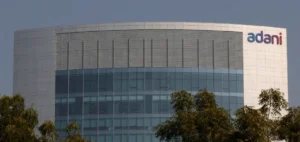Ørsted will close its last coal-fired power station, Esbjerg Power Station, in western Denmark on August 31, 2024.
This decision puts an end to the use of coal for the production of electricity and heat in its facilities.
After years of conversion to less polluting alternatives such as biomass, Ørsted is eliminating the last traces of coal from its energy mix.
This closure marks a strategic step as the company aims to achieve 100% renewable production by 2025.
The Esbjerg power plant, which has been in operation for decades, consumed around 500,000 tonnes of coal a year, generating around 1.2 million tonnes of CO2.
The end of this activity significantly reduces the emissions associated with energy production in Denmark, thus contributing to the emissions reduction target set by the Danish government and international agreements.
Asset reorganization and continuity of supply
With the closure of the Esbjerg Power Station, Ørsted is reorganizing its production capacities.
Electricity will be supplied by other facilities, mainly wind and solar farms, which have seen their capacities increase in recent years.
At the same time, for Esbjerg’s district heating, a local supplier is developing replacement capacity to maintain continuity of supply.
Employees at the closed plant are being offered a range of options, from internal redeployment within Ørsted, to early retirement or, in some cases, negotiated redundancy.
This reorganization illustrates the transformation of energy company operating models, in the face of market and regulatory pressure to reduce fossil fuels.
Regulatory context and risk management
The shutdown of operations at Esbjerg comes after a temporary extension period ordered by the Danish authorities in 2022, aimed at securing the national electricity supply.
This measure had enabled some coal- and oil-fired units to remain operational as a back-up solution.
Alongside the closure of Esbjerg, Ørsted is also shutting down unit 4 at Studstrup power station and unit 21 at Kyndby peak load power station, both of which were previously extended for energy security reasons.
However, unit 3 at Studstrup is still using coal as a reserve fuel until the end of the year, while the wood pellet silo is being refurbished following a fire.
This temporary situation underlines the importance of risk management in the energy transition, and the need for reliable back-up solutions.
Prospects for Ørsted and sector implications
With the complete phase-out of coal, Ørsted is refocusing on developing its renewable energy capacities. The company is committed to increasing its share of green energy, capitalizing on its offshore wind expertise, while diversifying its sources with solar projects and other technologies.
This refocusing is aligned with European energy policies and increased pressure for decarbonization.
The energy sector is closely following these transformations, which represent both a logistical challenge and a strategic opportunity.
Market players must navigate between complying with environmental regulations, managing supply risks, and seeking profitability in a rapidly changing energy landscape.
The closure of these coal-fired power plants illustrates the complex choices faced by energy producers, and the implications for long-term public policy.






















